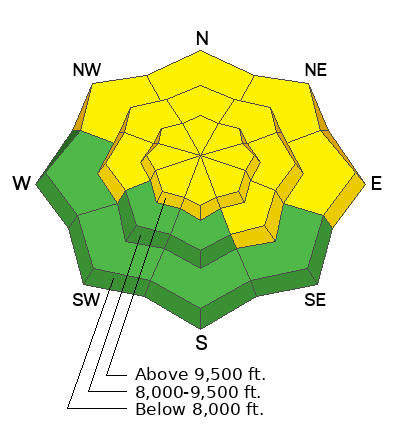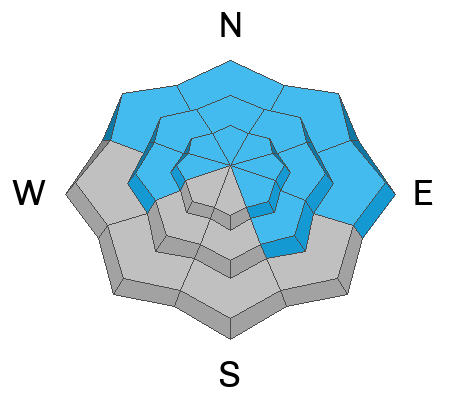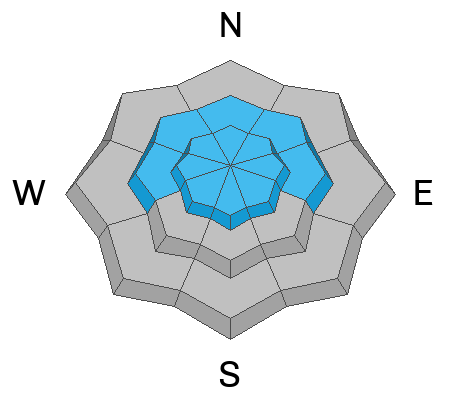Avalanche Watch
What: The danger of avalanches is expected to increase Friday and Saturday as a winter snow storm adds snow to an existing weak snowpack.
When: In effect from 6 AM MST this morning to 6 AM MST Friday
Where: For the mountains of Southwestern Utah, including terrain around Brian Head ski resort and surrounding areas.
Impacts: Expected heavy snowfall coupled with very weak existing snow could produce dangerous avalanche conditions. Friday and Saturday are the most likely days for avalanches. An avalanche Warning will be issued Friday if expected snow accumulates tonight.
Warning Times: Thursday, February 1, 2024 - 6:45 AM to Friday, February 2, 2024 - 6:00 AM
Region: Southwest Utah
"The Times They Are a-Changin." Current mountain temperatures range from 22-30 °F and will be on a general cooling trend over the next 24 hrs. Winds are from the south and southeast, blowing 15-25 mph and gusting into the 30s across most upper-elevation terrain. The most exposed peaks blow 30-40 mph, gusting into the 40s.
Today, we will see increasing clouds on a southerly flow. Temperatures will climb into the low to mid-30s °F. Winds will remain from the south and southeast for the day and continue to blow in the 20-30 mph range with gusts into the 40s. Winds are forecast to have a period of powerful gusts to 75 mph later this afternoon. Precipitation will begin sometime between 2:00-8:00 PM today depending on which model you look at. In either case, we are only expecting a couple of inches by sundown.
As the snow starts to fall, it will have a convective component, meaning it might snow really hard in certain areas as the strong southerly winds swirl and mix the warm and cold air and force it to rise up and over the mountains. Initially, snow densities will be on the higher side. All said and done we could stack up 10-20 inches of new snow (1.0-2.0 inches water) by the weekend.
Buckle up; another wet and windy storm begins on Monday.
No new avalanches were reported yesterday. However, we have seen two close calls and one natural avalanche in the past few days. List below:










